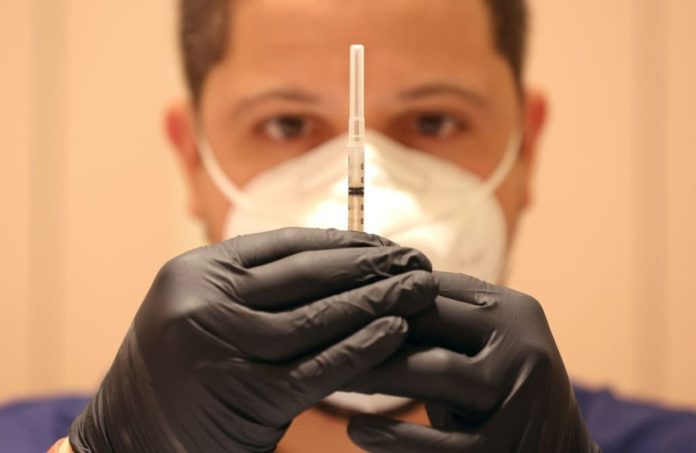While the extremely contagious omicron subvariant BA. 2 is gradually dominating the United States, and even more virulent subvariant, XE, has piqued the interest of scientists around the world.
According to early estimates from the World Health Organization, XE may be 10% more transmissible than BA. 2, but it’s too early to determine whether XE will be the next prolific omicron subvariant to acquire a household brand. The British government has also stated that evidence demonstrating XE’s growth rate advantage over BA. 2 has not stayed consistent, implying that further data would be required to determine XE’s anticipated future trajectory.
The first case of XE was discovered in the United Kingdom on January 19, according to the WHO. According to British officials, more than 700 cases of XE have been documented in the UK, with more than 600 of them in England.
According to Los Angeles County Public Health Director Barbara Ferrer, the XE subvariant has not been found in substantial quantities in countries other than the United Kingdom. Only three cases of XE have been reported in the United States so far, she said.
According to preliminary data, XE “is going to be easier to catch,” infectious diseases expert Dr. Peter Chin-Hong of the University of California, San Francisco said in an interview, although people who are vaccinated and boosted should have a relatively low risk of hospitalization and death, as is the case with other omicron subvariants.
“But if XE becomes more prominent in this country, it does add a little bit of fire for people to get boosted overall. And it adds a little fire maybe for the oldest people in our population to maybe get their second booster,” Chin-Hong added.
XE was most likely created by someone who was infected with both BA. 2 and the previous omicron subvariant, BA. 1, according to Chin-Hong. BA. 2 is more contagious than BA. 1, and BA. 1 was more contagious than the delta type that spread over the world last summer.
As a result, XE is basically “a child of BA. 1 and BA. 2 that met and had a recombinant event. So it arose in one person, and it just spread more easily,” Chin-Hong explained. He estimates that XE accounts for around 1% of new cases in the UK.
“It’s coming at a time that’s a little bit concerning,” Chin-Hong added. “And that time is when jurisdictions and countries are decreasing efforts to track variants and person-power to do sequencing (to identify the variants of new cases), potentially, because you have less resources because it’s quote-unquote ‘not an emergency anymore.’”
As a result, determining the most recent subvariant or variant may take longer than before, according to Chin-Hong.
It’s also possible that XE may go away, similar to how the so-called “deltacron” subvariants — mashups of the delta and omicron variants — attracted attention last month but then vanished.
XD and XF are the “deltacron” subvariants, according to Chin-Hong.
Dr. George Rutherford, an infectious diseases expert and epidemiologist at UC San Francisco, revealed last week that XD contains genetic material from delta and omicron’s BA. 1 subvariant, whereas XF is largely BA. 1 but has some delta elements.
This jumble of subvariants isn’t unusual, according to Rutherford, and viruses undergo recombination all the time. According to Rutherford, British officials were still “sort of ho-hum” about it as of last week, and more evidence is needed to assess whether it is more transmissible than BA.2.
Ferrer agreed that additional information is needed to fully understand what to expect from XE.
“There is still too little data to draw conclusions about growth advantage or other properties of this variant,” Ferrer added.
“But just be aware that there are these recombinant lineages that are starting to show up,” Rutherford said.
Scientists predict that as more people become infected with the coronavirus, the number of novel variants will increase. The greater the number of infections, the more likely it is that new strains will emerge.
COVID-19 strains that blend elements of multiple strains are another reason to be cautious, according to Orange County health officer Dr. Regina Chinsio-Kwong.
“We have all been humbled by COVID over the last two years,” Chinsio-Kwong said. “COVID can continue to change … it can decide to escape our immune defenses, even if we’re vaccinated, or it can be more transmissible.
“The best thing we can do is continue to keep our guard up and be vigilant,” Chinsio-Kwong said.
Image Credit: Getty
You were reading: What to expect with XE as US reports three cases of new omicron subvariant
